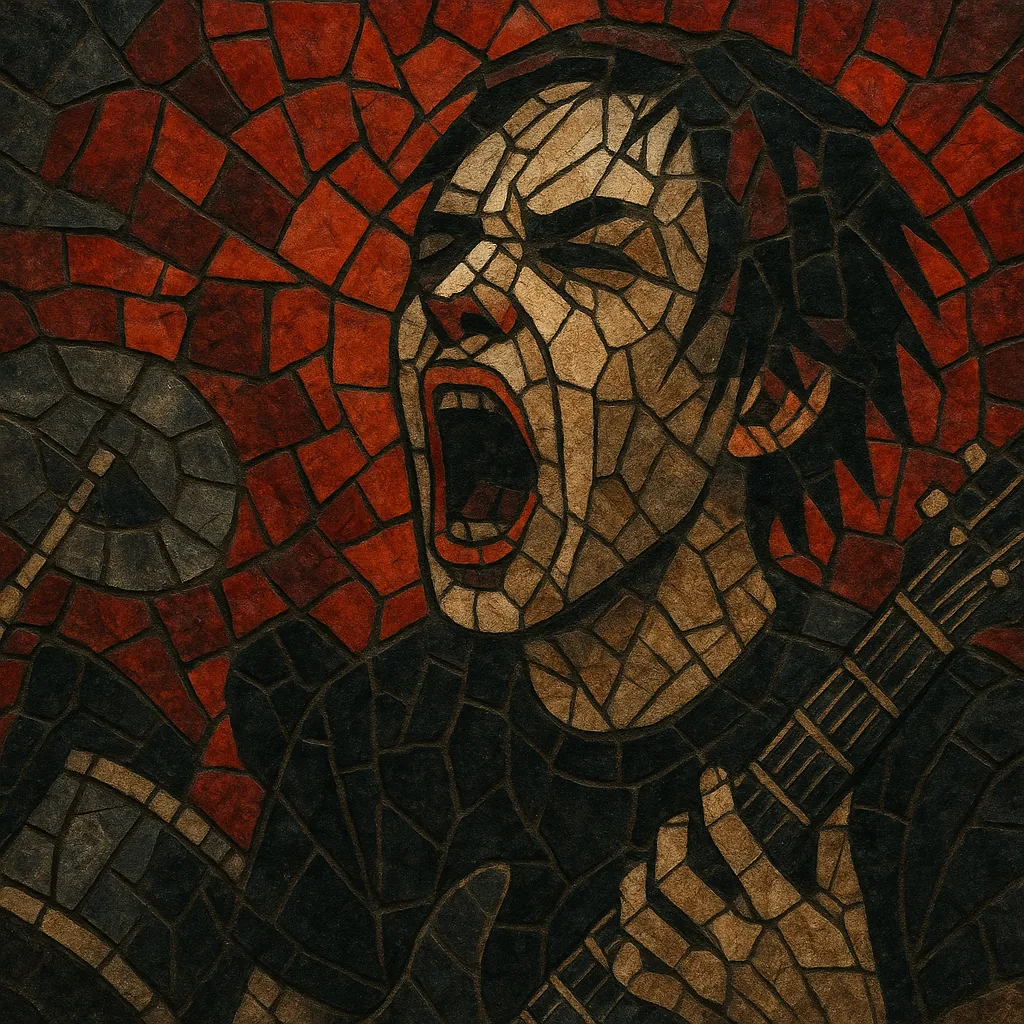Screamo is an emotionally charged offshoot of emo and hardcore punk characterized by cathartic, screamed vocals, dynamic extremes, and a blend of melody with discordance. Songs often move rapidly between fragile, clean passages and explosive, chaotic climaxes, emphasizing tension-and-release.
Guitars favor octave runs, tremolo-picked melodies, and dissonant chord voicings, while drums switch from driving d-beats to blast beats and spacious half-time drops. Lyrics are typically confessional, poetic, and socially aware, delivered with a visceral intensity that foregrounds vulnerability and urgency. Early recordings embraced raw, DIY production and intimate, basement-show energy; later waves incorporated post-rock atmospherics and more expansive songwriting.
Screamo emerged in the United States in the mid-1990s as a more volatile, dynamic extension of emo and hardcore punk. Rooted in the DIY ethics and community of the ’90s punk underground, early scenes formed around labels such as Gravity Records (San Diego), Ebullition Records (California), and later Level Plane (New York). Bands emphasized catharsis and intimacy, playing house shows and small venues where audience and performers blurred.
Key early groups (often retroactively dubbed “skramz” by fans) fused emotive melodies with frantic arrangements: Portraits of Past and Indian Summer laid foundations; the East Coast saw Saetia and pg.99 amplify intensity and poetry; Orchid distilled the style into compact, explosive songs. The term “screamo” gained currency later and was sometimes resisted by artists, but the aesthetic—fragile-to-feral dynamics, screamed confessionals, and raw sonics—was already defined.
In the 2000s, screamo spread internationally and diversified. Level Plane fostered a prolific US network (Funeral Diner, City of Caterpillar, Majority Rule), while overseas scenes flourished: Envy and Heaven in Her Arms in Japan; Raein and La Quiete in Italy; Daïtro in France. Many bands incorporated post-rock crescendos, atmospheric interludes, and longer forms, expanding beyond minute-long blasts to multi-part epics without losing urgency.
A revival brought renewed attention and stylistic cross-pollination. Acts drew from black metal, post-rock, and noise, yielding blackened screamo and darker hybrids (e.g., Portrayal of Guilt). Legacy bands (Jeromes Dream) returned; newer groups (Frail Hands, For Your Health) pushed technicality and intensity. The internet-era DIY network—tape labels, Bandcamp, international splits—further globalized the scene while preserving its basement-show spirit.
Screamo’s identity is as much communal as musical: DIY ethics, inclusive spaces, and emotionally candid performance are central. The live experience prioritizes proximity and collective release, while recordings often retain a raw immediacy to preserve the music’s human, unvarnished core.


